#184: THE ROLLER COASTER OF ARCHITECTURE
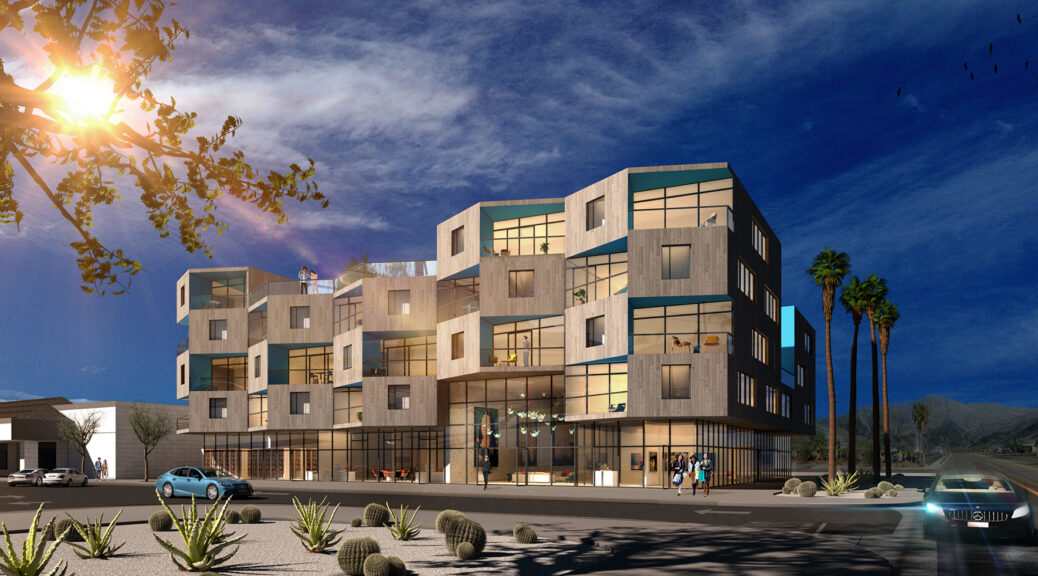
Apartment Complex, Redlands, California, by Poon Design
If you ask an architect, “How are things in architecture?”—you will typically hear about the ups and downs. Few architects will boast about how things are super great. The industry is often a roller coaster of highs and lows, climbs and falls, and exhilaration and fear.
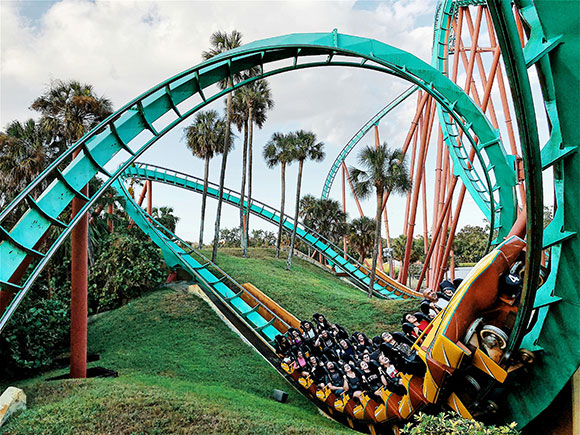
Once a dentist has a client, he will return for a check-up regularly. Once an accountant has a client, she will return annually to have her taxes filed. But in architecture, once the project is completed, the client has no more need for design services. Unlike dentistry, an architectural client doesn’t usually return with new buildings to design every six months.
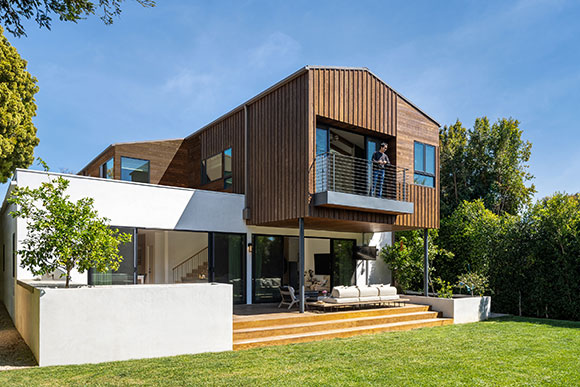
If an architect doesn’t have a new project to start on the tails of a completed project, this architect experiences the lows of the profession, e.g., loss of income, underutilized staff, lays off, etc. When the architect gets a new project, you have the highs, e.g., a new endeavor, signed contract and retainer, excited client, etc.
And if the architect gets a new project while working on current projects, she experiences both a high and a low, sometimes referred to as “a good problem.” This circumstance of winning too much work might be exhilarating, but also challenging, as in not enough architects in the firm to do the work. The quality of work might go down, overtime is required, management is stressed thin.

During the life of a roller coaster project, the pace starts and stops. A client might decide quickly on the proposed design, such as instantly in a meeting, or take months to think things over with colleagues, friends, and family. If the client moves quickly, we have work to do, but if not, we wait twiddling our thumbs. Architecture is a customer-service industry, and every customer, good or bad, is a unique twist or turn of the adventure.
When the project is submitted to the city agencies (here and here) for approvals, the Plan Check process can take a few months for a small project and a few years for a large one. Within this Kafka-esque process and red tape, city codes have become frustrating moving targets, with updates every year, even every month—where the city staff themselves don’t know what they are enforcing.
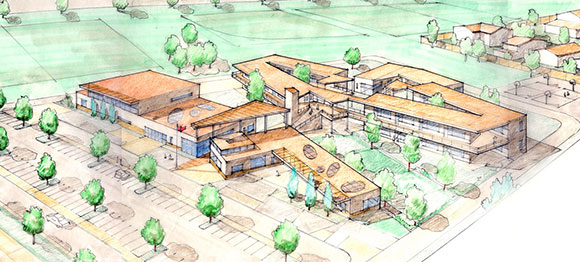
Architecture relies on the economy and the world. Confidence in the market sparks architectural activity which in turns keeps the construction industry active. If interest rates are too high for example, clients are hesitant to move a project forward, whether borrowing money to add onto one’s house or leveraging capital to build a performing arts center. Consider the national and global challenges of the recent years that have impacted the business of architecture: pandemic, labor shortage, shipping crisis, fuel costs, market instability, elections—even two wars.
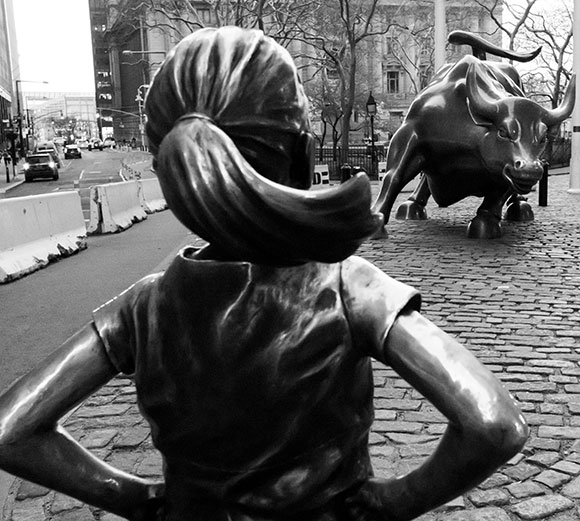
The project budget is no doubt part of the roller coaster. Why might a project go over budget? Lots of reasons.
Add to all this the ongoing changes in technology, construction, and methodology, from AI to modular to 3D printing. Don’t forget recent movements such as biophilia, resilience, and sustainability, as well as best practices, diversity, equity, and inclusion.

Most design businesses—small and entrepreneurial or large and corporate—want a well-oiled machine, but the reality may be closer to juggling a season of smooth sailing vs. being on the brink of financial disaster. Alongside this balancing act comes the joys of a ribbon cutting, happy client, industry honor, or public endorsement and applause.
The nature of our industry comprises the delight and elation of an amusement park ride. Creativity drives architecture, and the process, more often circular than linear, defines architecture.

